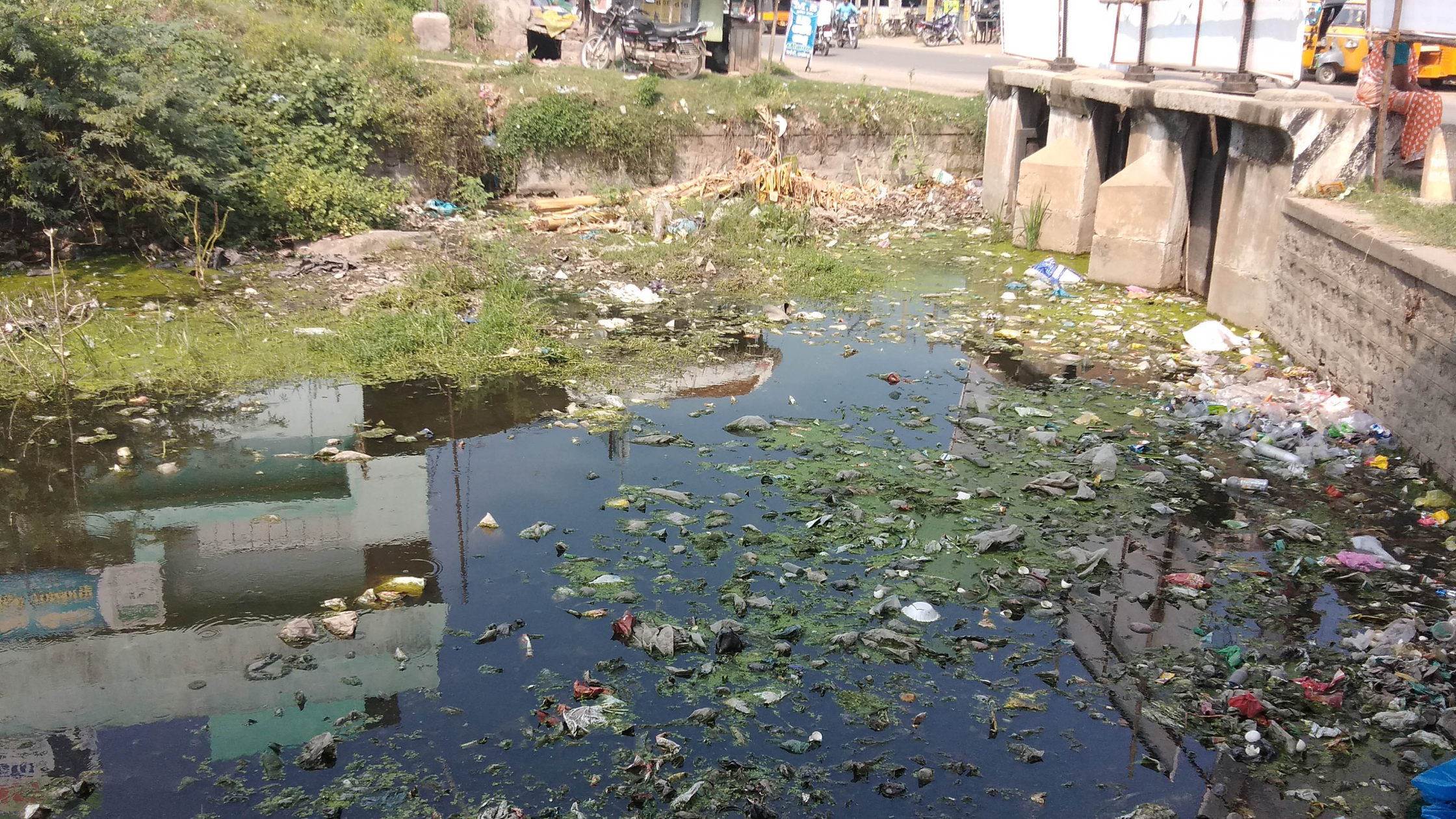2 min read
Overcoming Complications of Combined Sewer Overflows With Data
![]() Jacqueline L. Mulhern
:
1/31/23 10:00 AM
Jacqueline L. Mulhern
:
1/31/23 10:00 AM

Combined Sewer Overflow (CSO) is a significant issue affecting many cities worldwide. CSO occurs when the capacity of an integrated sewer system, which carries both rainwater and domestic sewage, is exceeded during heavy rainfalls or snow melts. This can result in raw sewage being discharged into local waterways, posing a risk to public health and the environment.
Combined sewer systems are typically found in older cities that were built before the advent of modern sanitation systems. These systems were designed to carry stormwater and sewage in the same pipe, assuming the excess water would be treated at a wastewater treatment plant. However, during periods of heavy precipitation, the volume of water in the system can exceed the treatment plant's capacity, leading to the discharge of untreated sewage into nearby rivers, lakes, and streams.
The impact of CSO on the environment can be severe. Raw sewage can contain a variety of pollutants, including bacteria, viruses, and chemicals, which can harm fish and other aquatic life and pose a risk to human health. In addition, CSO can contribute to the problem of eutrophication or the excessive growth of algae and other aquatic plants, which can lead to the depletion of oxygen in the water and the death of fish and marine life.
To address the problem of CSO, many cities have implemented a variety of solutions, including the construction of additional treatment facilities, the installation of retention basins to store excess water during heavy precipitation temporarily, and the use of green infrastructure, such as rain gardens and permeable pavement, to reduce the volume of water entering the combined sewer system.
However, despite these efforts, CSO remains a significant issue in many cities. To effectively address this problem, it will be necessary for municipalities to continue to invest in infrastructure improvements and develop and implement more effective policies and regulations to reduce the number of pollutants entering the combined sewer system in the first place.
Increasingly strict regulatory regulations make it essential for utilities to collect accurate data. Ayyeka's new Storm Scope app streamlines the data collection process, making it easier to fulfill complex reports and reduce the fear of fines. Ayyeka's fully integrated offer of the Wavelet datalogger, combined with the FAI Platform and the Storm Scope app, gives you all you need to manage CSO. Without accurate data from remote field assets, you're flying blind. An added benefit is that you don’t always need a flow meter to be able to report overflow volume. Storm Scope works with existing flow sensors from known and leading brands (ADS, ISCO, Hach). Ayyeka's solution is scalable to any size field asset.
In conclusion, combined sewer overflow is a significant problem affecting many cities worldwide. It can have severe impacts on the environment and public health. While various solutions have been implemented to address the issue, much more must be done to mitigate the effects of CSO. It is essential for municipalities to continue to invest in infrastructure improvements and to develop and implement more effective policies and regulations to reduce the number of pollutants entering the combined sewer systems.
Seeing is believing. Call us for a demo. Phone +1 (310) 876-8040.


